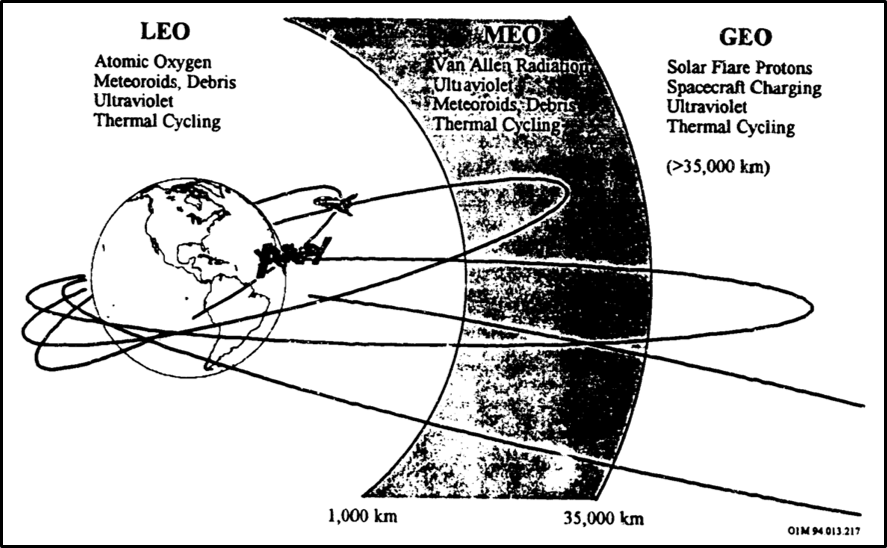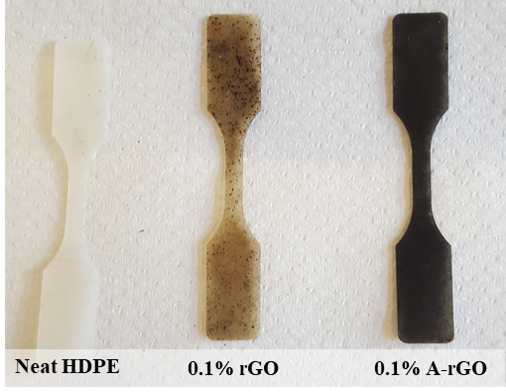Research Summary
With the growing interest in human space exploration, there is increasing demand for technologies that protect astronauts and their equipment from the hostile conditions faced during space travel. Radiation exposure, static charging, and micrometeoroid impact are among the hazards that must be properly addressed to enable long-term space missions or colonization. Because launching payloads into space is extremely expensive, there are significant benefits to designing multi-functional materials in terms of weight savings and design versatility.

Working with NASA through the Solar System Exploration Research Virtual Institute (SSERVI), the Reynolds’s group is currently designing polymer-based radiation shielding materials for space applications. Hydrocarbon polymers are an interesting class of materials for radiation shielding due to their light weight and relatively rich H content, which is beneficial for attenuating many types of radiation. By reinforcing these polymers with modified graphene nanoparticles, we can enhance the mechanical and electrical properties of the resulting composite.

As the scope of lunar exploration expands to colonization, there will be a crucial need for processes that utilize materials located on the moon to build habitats and equipment. Lunar regolith, which is a mix of different metal oxides, is thought to be an extremely useful feedstock material for many manufacturing processes included water production. In the Reynolds group, we are interested in lunar regolith as a performance enhancing additive for polymer-based materials.

